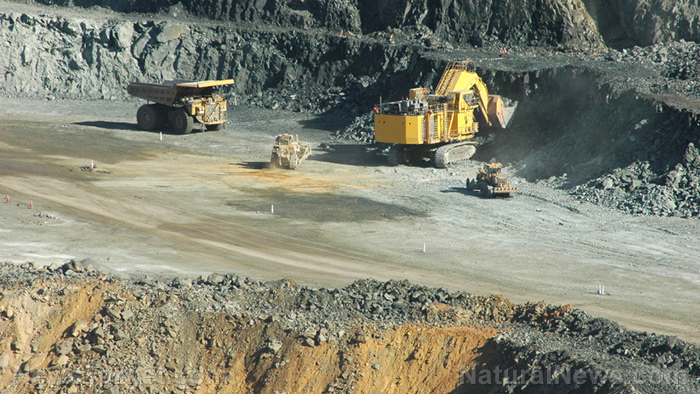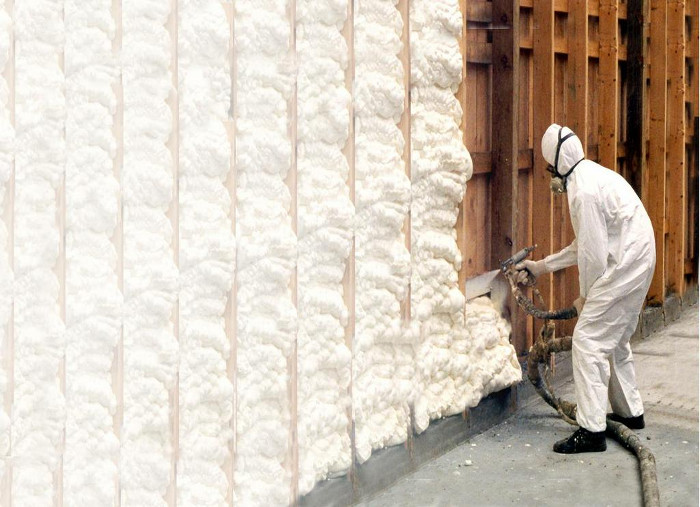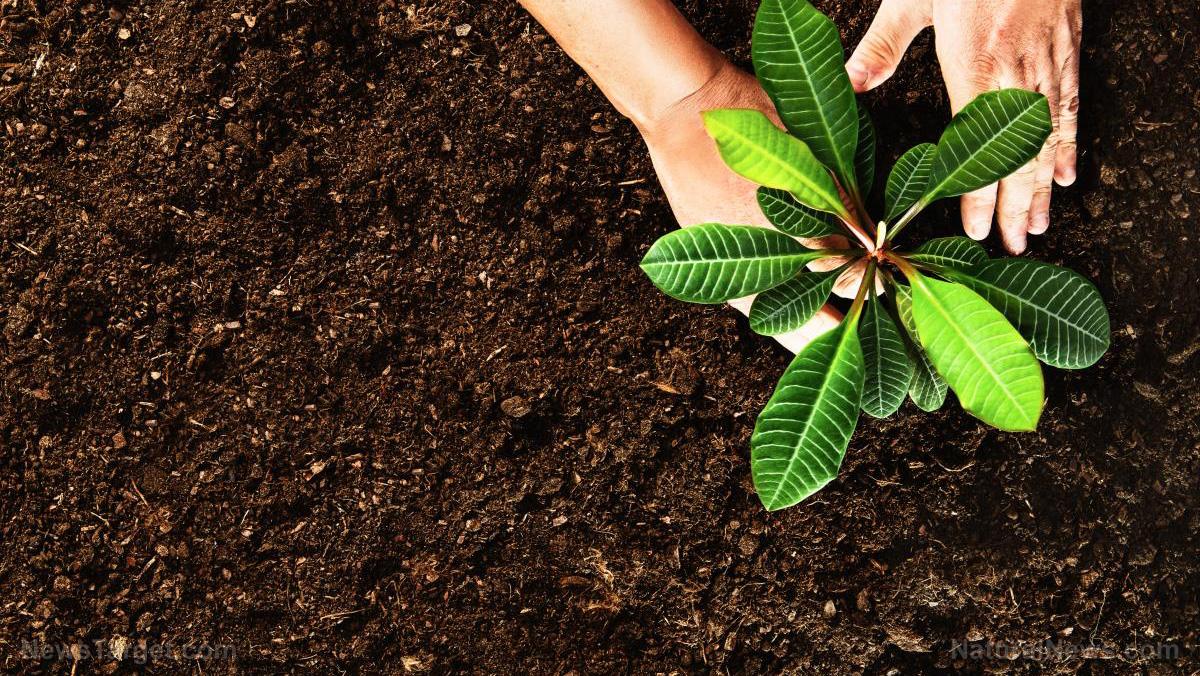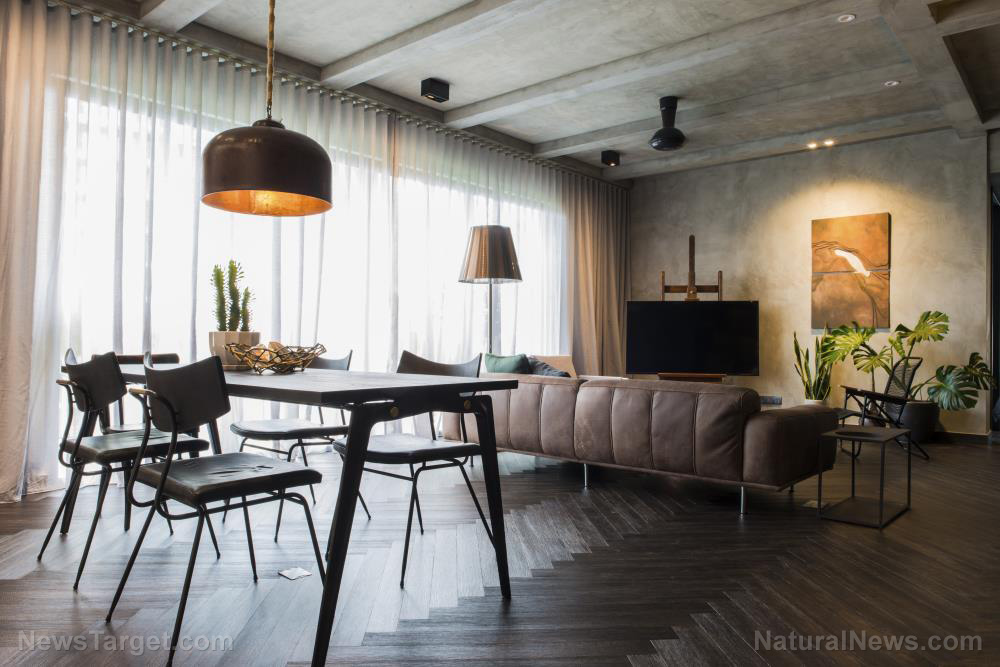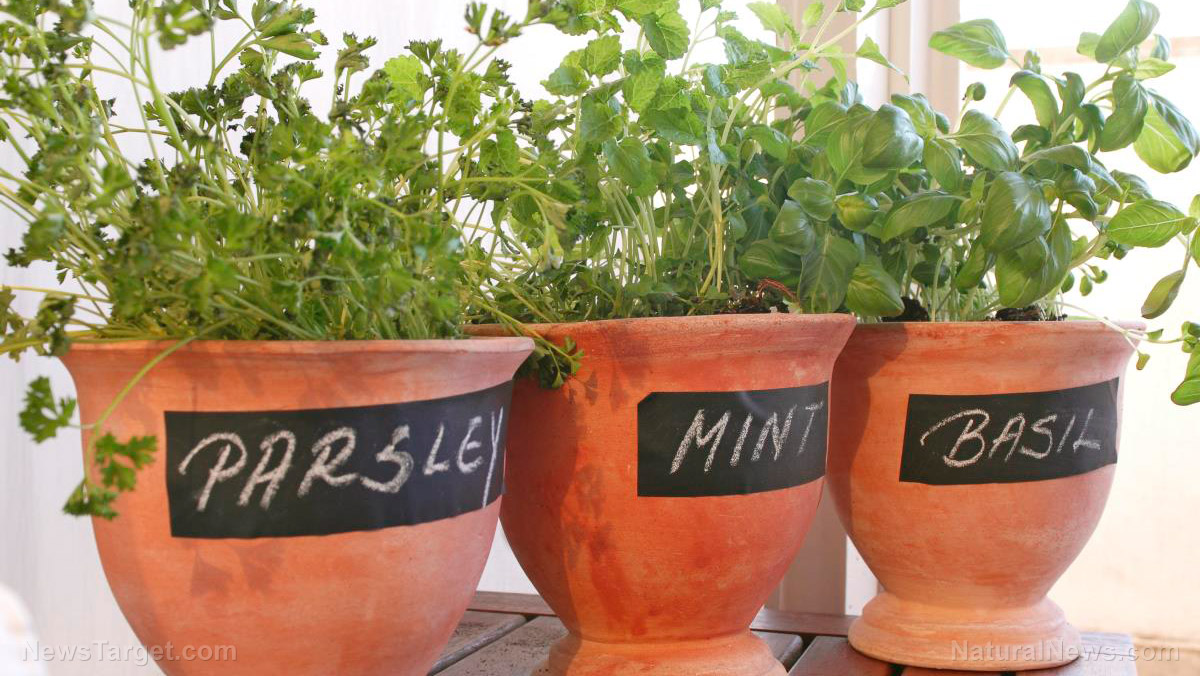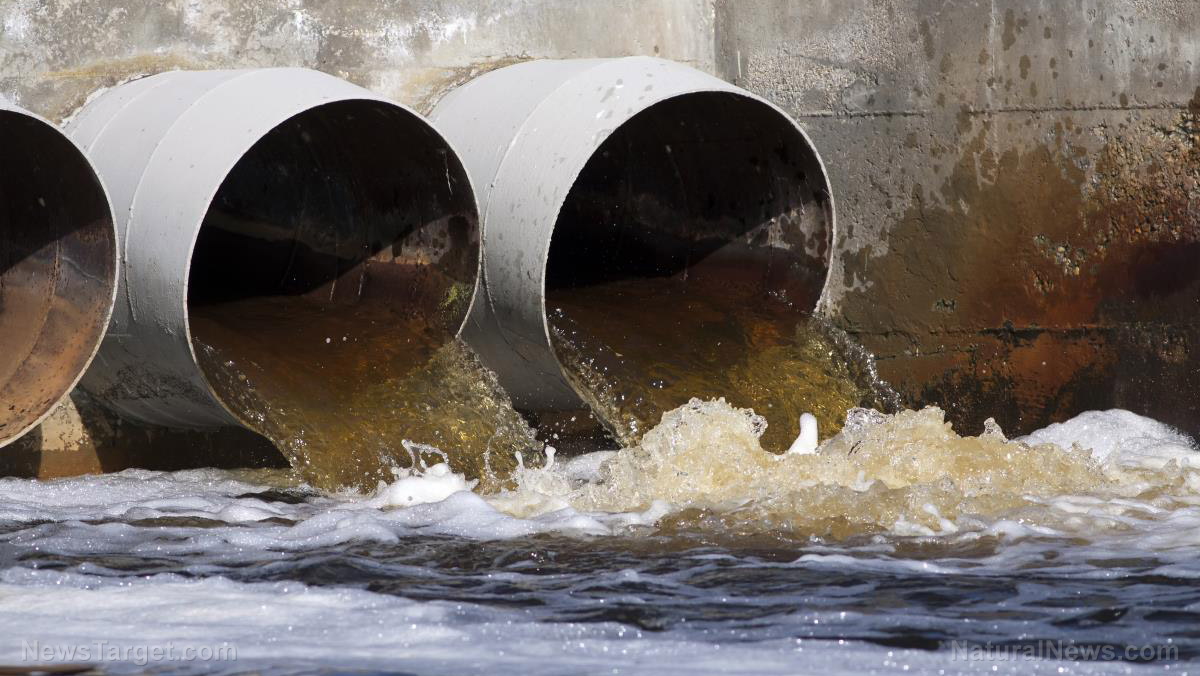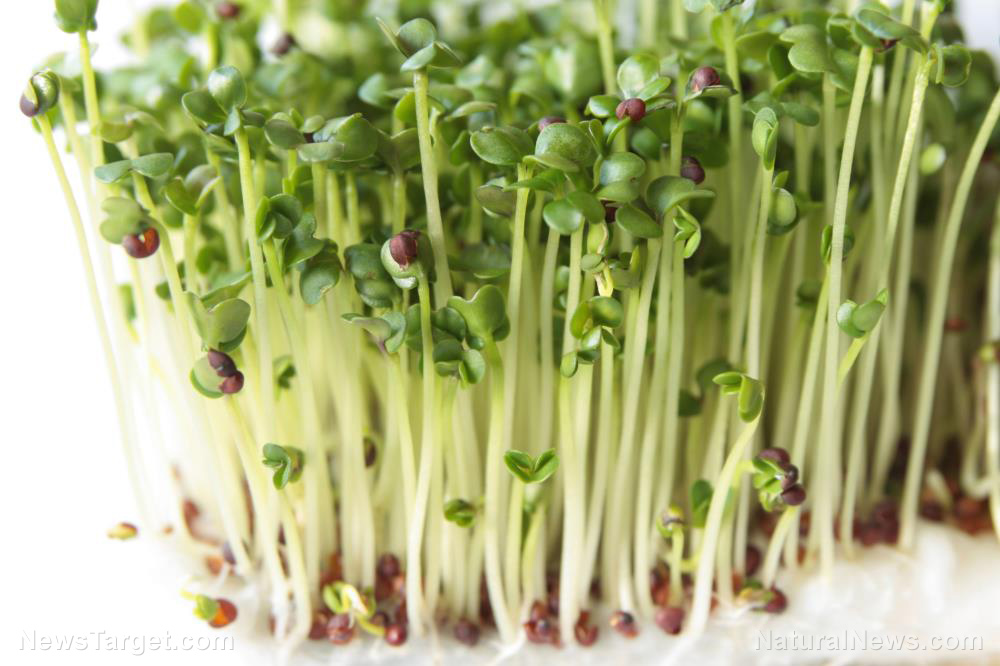Prepper projects: Building a root cellar for food storage
01/05/2023 / By Zoey Sky

If you want to be more self-sufficient as a prepper, you can learn how to build a modern root cellar.
Modern root cellars can be used to store local food and produce from your home garden. It can also be used as storage for canned goods throughout the winter. (h/t to PreparednessAdvice.com)
Benefits of a modern root cellar
A root cellar is a structure usually constructed below ground to store fruits, vegetables and dairy products.
Here are several benefits of having a modern root cellar on your homestead:
- It can extend the shelf life of produce.
- It can prevent food from freezing during winter.
- It gives you access to fresh produce all year long and reduces dependence on grocery stores.
- It can be used for seed starting if you want to get an early start on a spring garden.
- It offers additional storage space to free up space in your house pantry.
- An underground location is less visible to potential looters after SHTF.
- A root cellar is ideal if you want to live off-grid.
Read on to learn about tips that can help you build a modern root cellar on your homestead.
What to store in a root cellar
Root cellars are often used to store fresh fruits, vegetables and dairy products.
- Root vegetables like beets, carrots, potatoes and turnips will keep for several months if they are properly stored.
- You can store fruits like apples, grapes and pears in a root cellar for several months.
- Vegetables like pumpkins and winter squash can be stored in a root cellar for five to six months.
- Other produce like broccoli, Brussels sprouts, cucumbers and citrus fruits will last for several weeks in a root cellar.
- Dairy products like butter and cheese can also be stored in a root cellar as long as the temperature is relatively similar to your refrigerator: Not too warm to create bacteria growth, and not cold enough to freeze.
- You can also store canned goods and dehydrated food year-round in a root cellar so you can eat out of season fruits and veggies all winter long.
Considerations when building a modern root cellar:
When considering your root cellar design, here are some factors you should take into account:
Light
Root cellars should be dark to prevent the growth of mold and mildew.
Light can make food spoil quickly, which is why the area needs to be dark most of the time.
Temperature
The ideal temperature for storing fruits and vegetables in a root cellar is between 32 to 40 F.
Below those temperatures, the cold air can make the food frozen. Above those temperatures, the heat may cause food spoilage.
Humidity
The ideal humidity level for storing fruits and vegetables is between 80 to 85 percent.
Vegetables and fruit lose moisture over time, which is why the humidity level needs to be high. Note that if the humidity level is too high, it will cause mold and mildew to grow.
Ventilation
Root cellars must be well-ventilated to prevent the build-up of mold and mildew.
Fresh vegetables and fruit create ethylene gas over time and the gas can increase spoilage over time. Setting up a good ventilation system will help prevent the ethylene gas from building up and causing food spoilage in the root cellar.
Choosing the location for your root cellar
The best location for a root cellar is in an area with cool temperatures and good drainage. While you can build a root cellar above ground, they are more commonly built below ground.
When choosing a location for your root cellar, always consider the type of foundation you have, like dirt, concrete or stone. You must also factor in the size of space available and the climate in the area.
A root cellar must also be kept cool so the root crops are kept cool enough to preserve them for several weeks or months. (Related: Prepping skills: 15 Food storage and preservation methods to learn before SHTF.)
Choosing a room in your house
If you live in an urban or suburban setting, you may have to build a modern root cellar in a room of your house.
When choosing a room, opt for one that you can keep at cool temperatures to ensure that the food stays fresh. This cold room will also give you easy access to your root crops and other food items.
However, one disadvantage of having a root cellar in a room in your house is that the temperature and humidity levels may not be ideal for the long-term storage of certain fruits and vegetables.
To keep the food cool and remove ethylene gas buildup in the room, you may need to install ventilation pipes and a proper ventilation system to have fresh air, especially during warmer temperatures. Additionally, you may need to insulate the interior walls to keep the room temperature consistent.
Building a basement root cellar
If you have a home with a basement, you may want to use it to create a root cellar.
Unlike an aboveground room, a basement root cellar has the advantage of being cooler and having better drainage.
However, one disadvantage is that humidity levels in a basement can be high, which can cause the growth of mold and mildew linked to food spoilage.
If you have a wine cellar that you don’t use, you may be able to repurpose it into a basement root cellar. Most of the time, a wine cellar is set up for a humidity level that is too low for cold storage.
Fortunately, you can adjust it by adding pails of water for evaporative cooling in your root cellar.
Before SHTF, build a modern root cellar on your homestead and use it as additional food storage for your survival stockpile.
Watch the video below for a closer look at a 1920s root cellar.
This video is from the RootCellar channel on Brighteon.com.
More related stories:
Food prep and storage tips for your emergency food supply.
Food storage tips: How to store vegetables if you don’t have a root cellar.
Storing food without a refrigerator: 25 different kinds of root cellars.
Sources include:
Submit a correction >>
Tagged Under:
emergency food, food security, Food storage, food supply, green living, homesteading, off grid, preparedness, prepper, prepping, root cellar, survival, survival food, tips
This article may contain statements that reflect the opinion of the author
RECENT NEWS & ARTICLES
COPYRIGHT © 2017 GREEN LIVING NEWS


